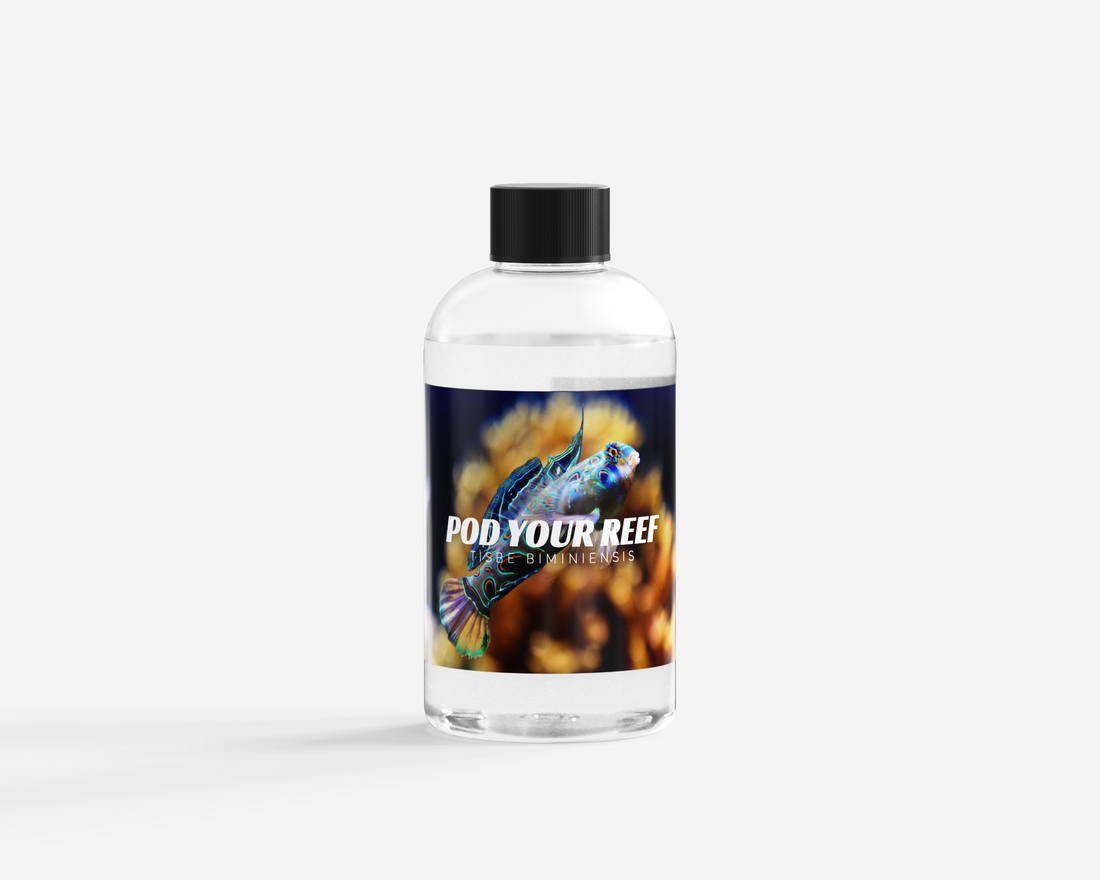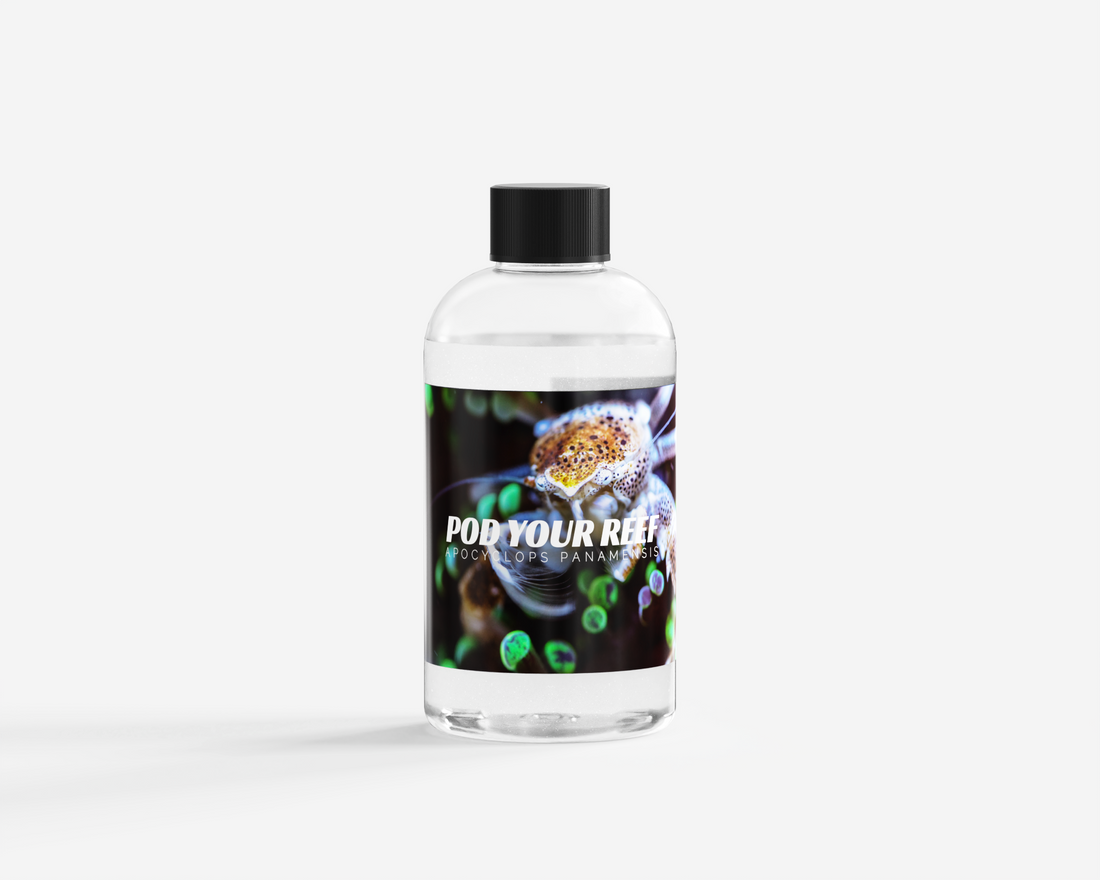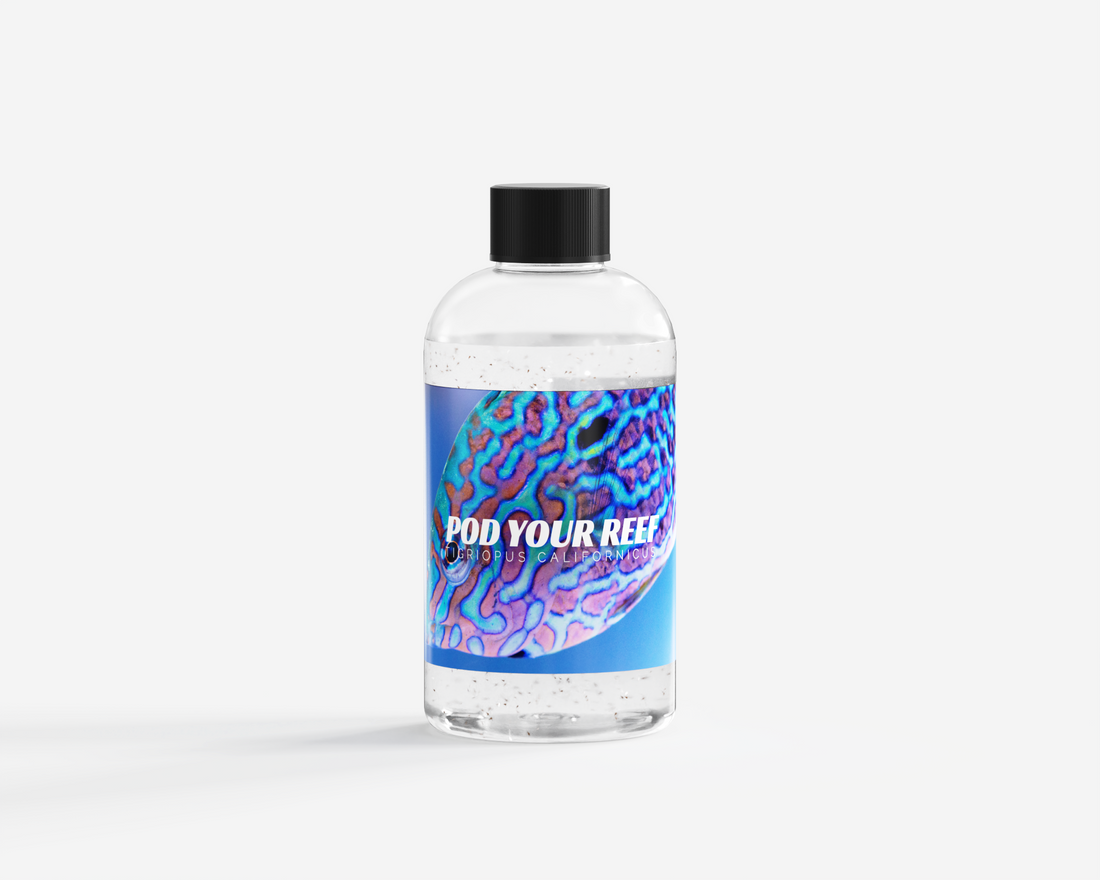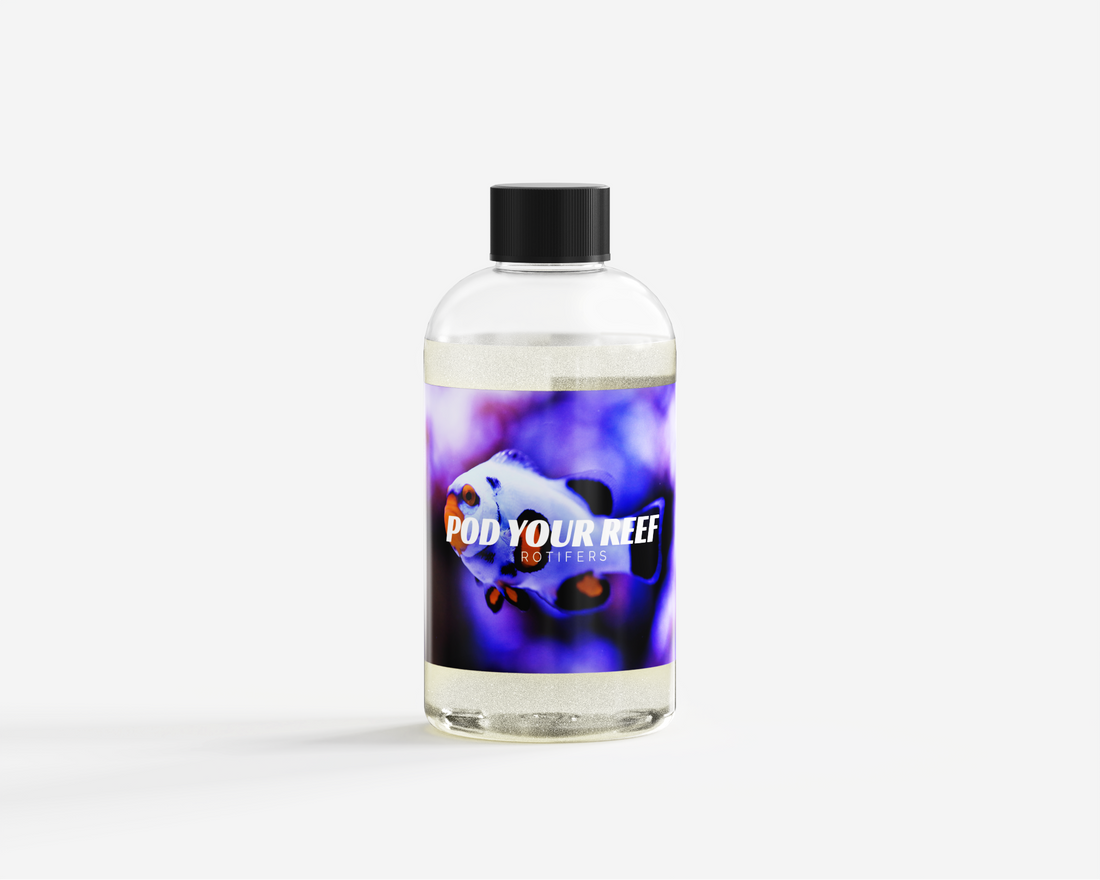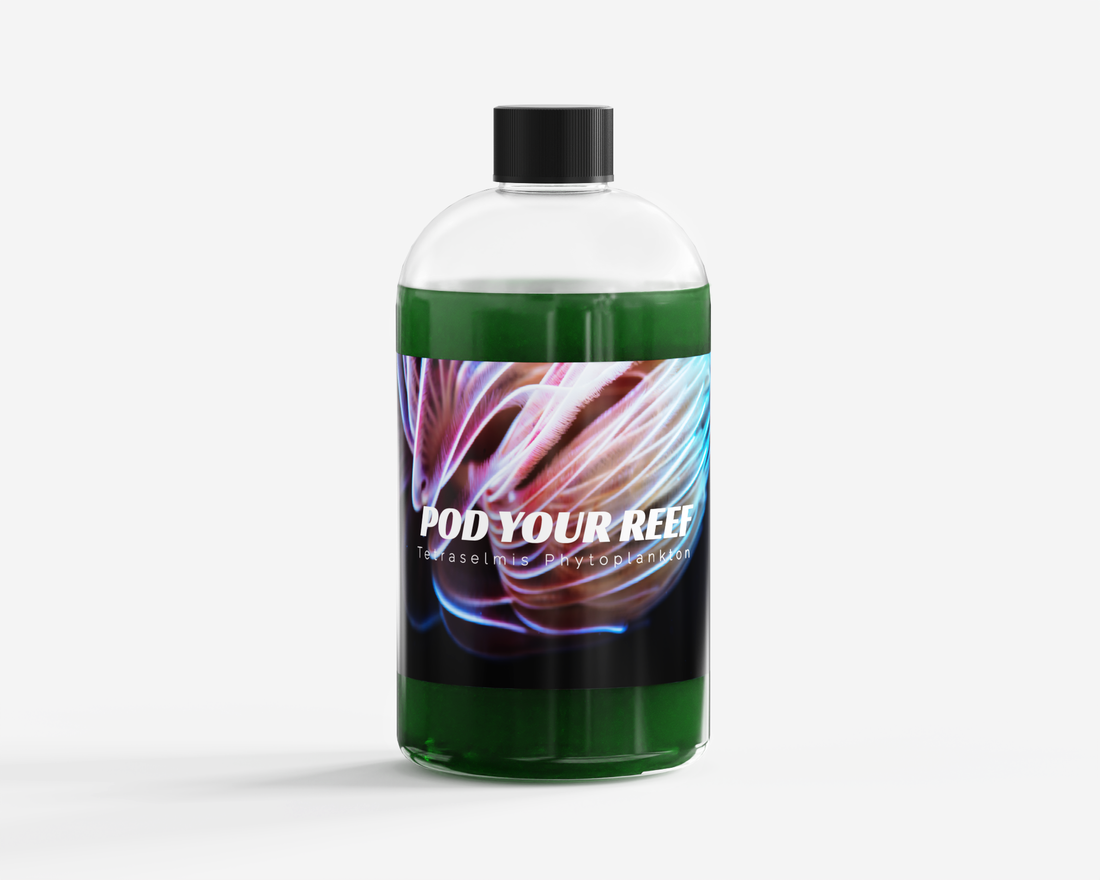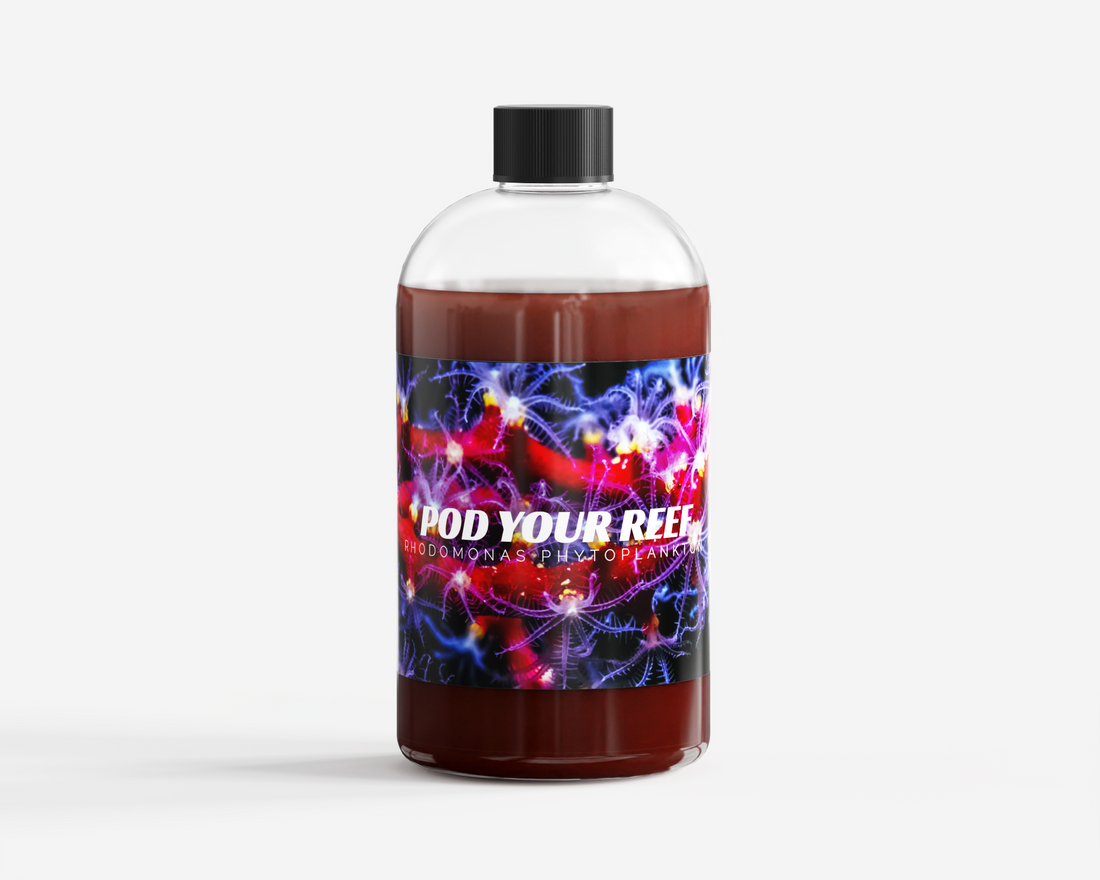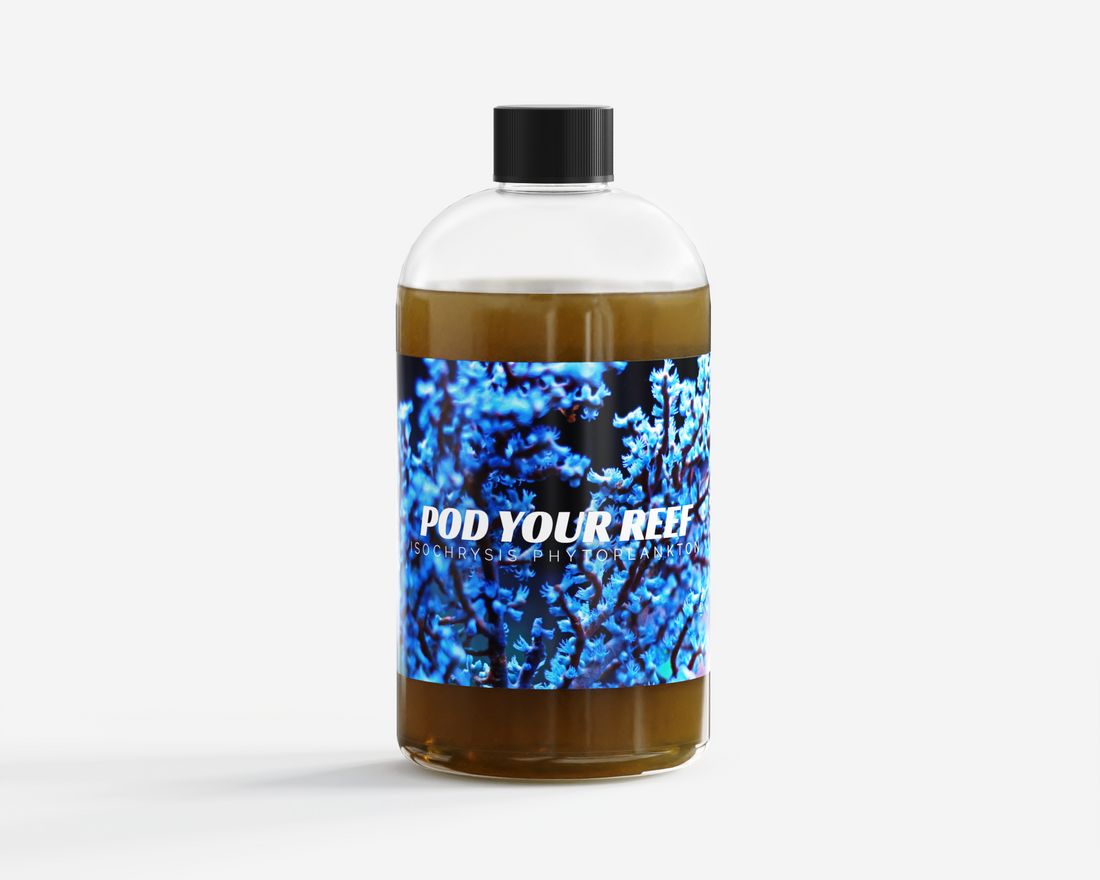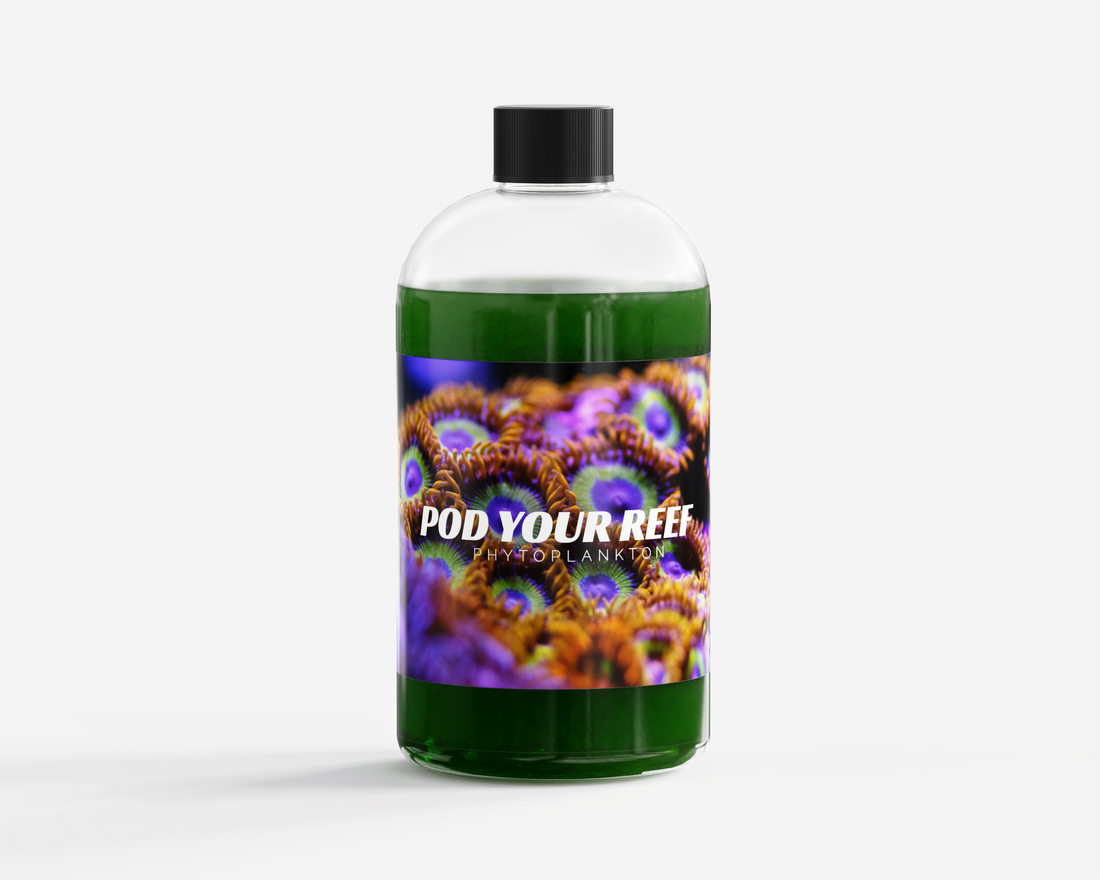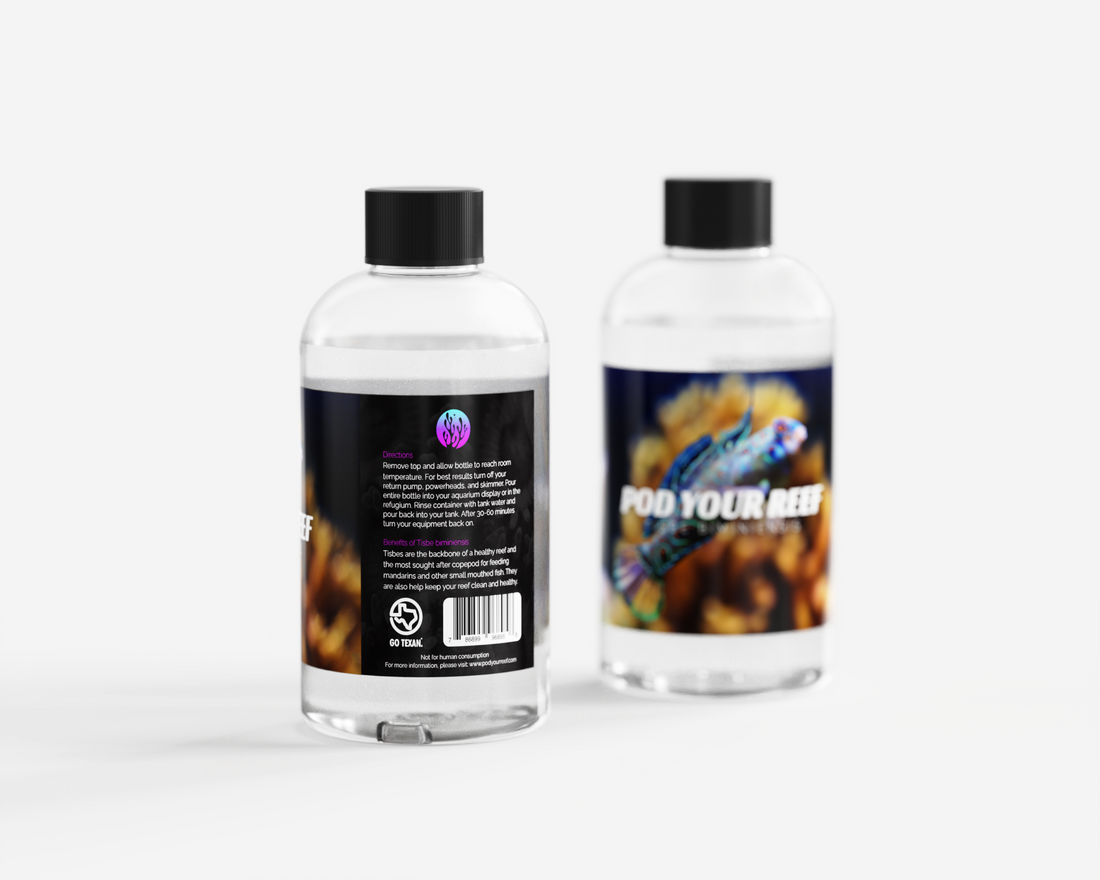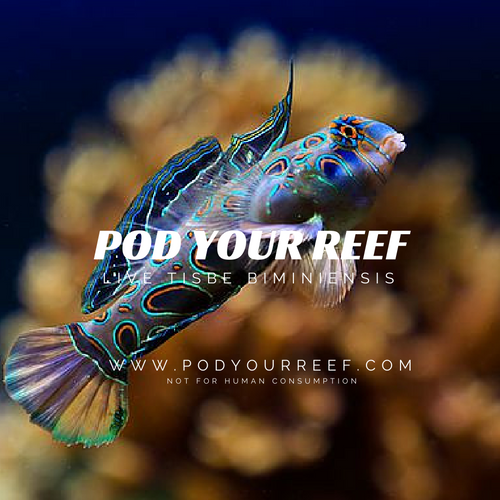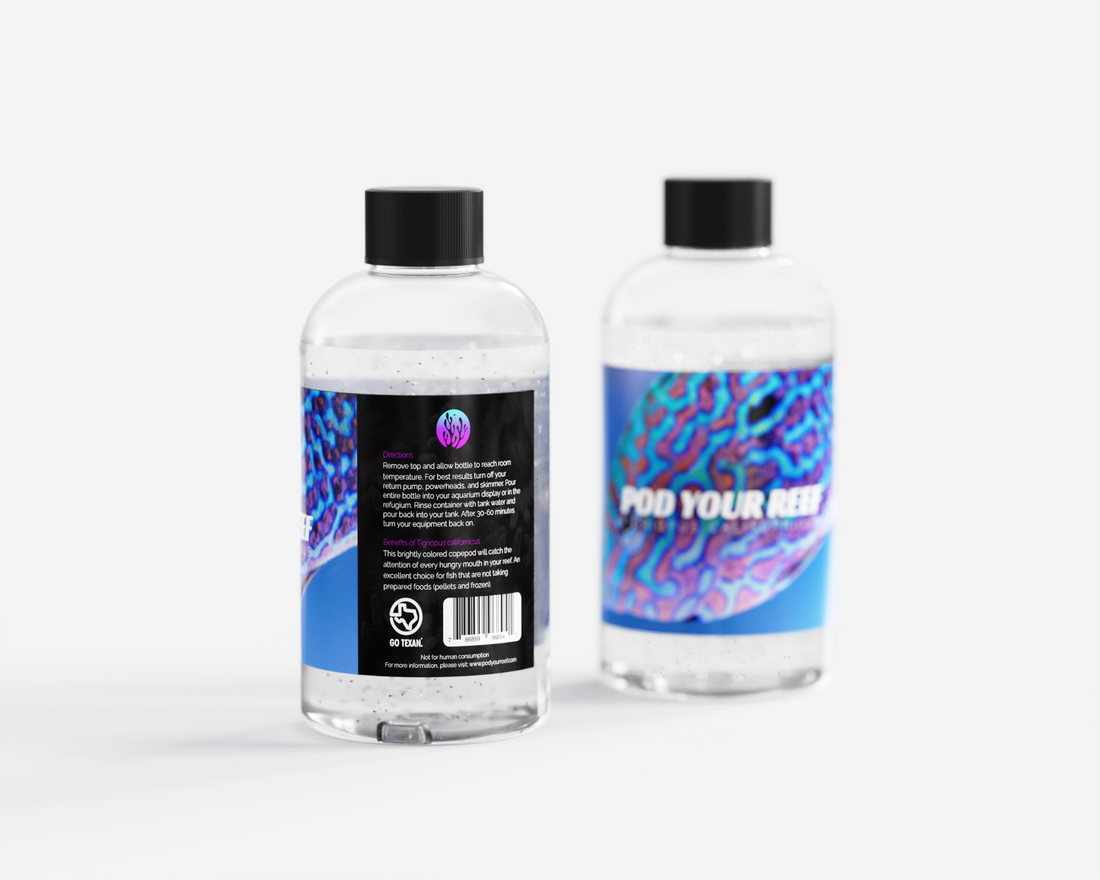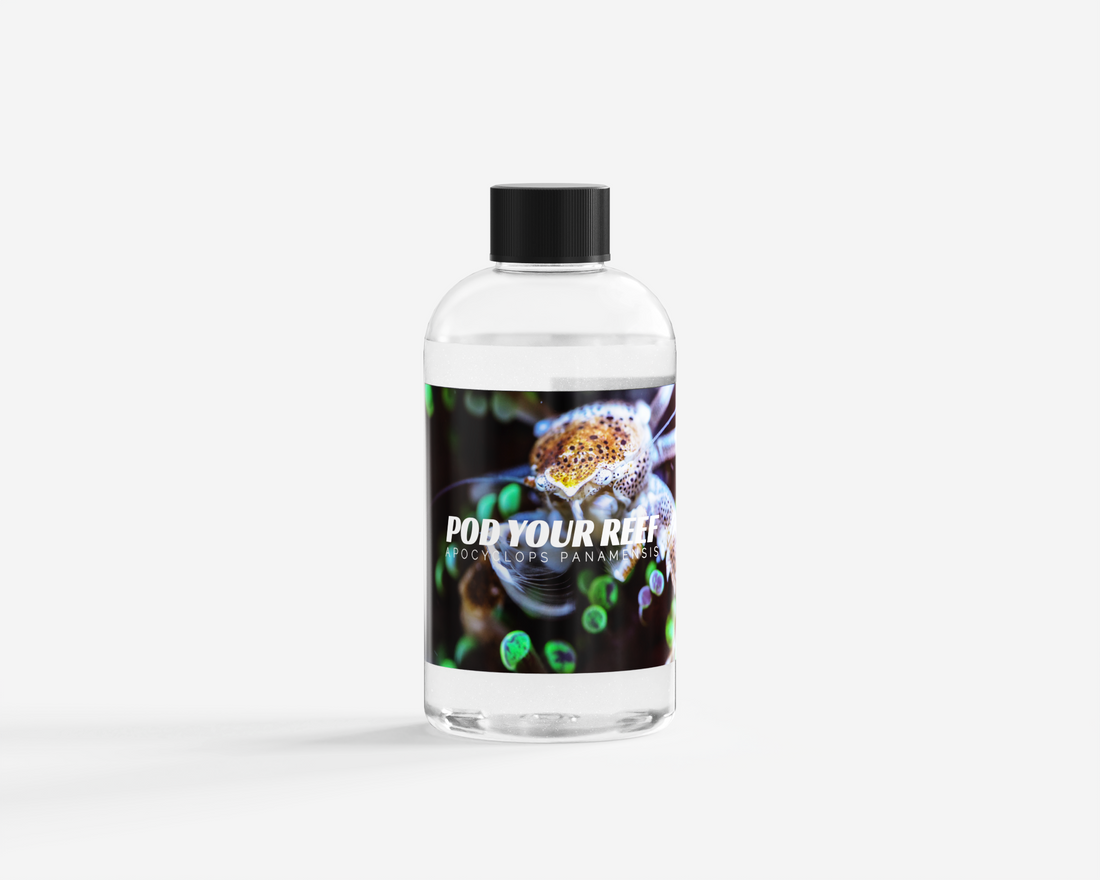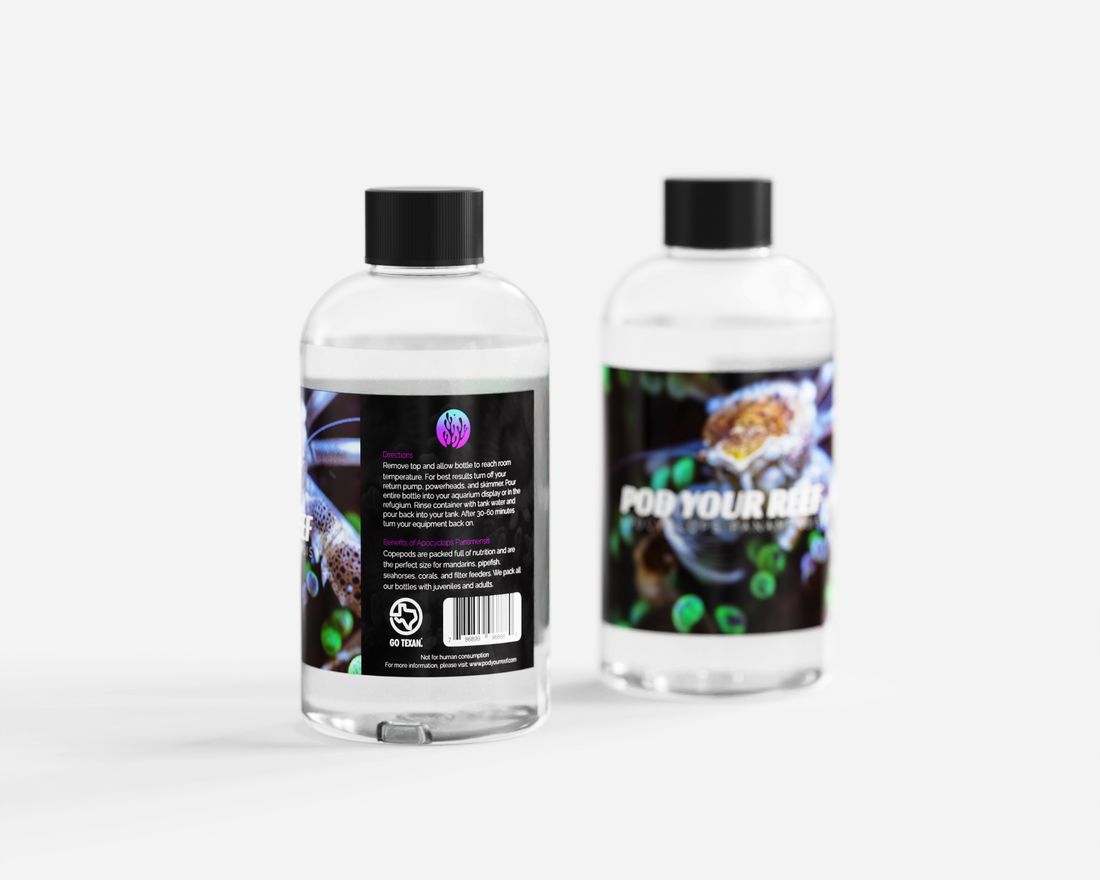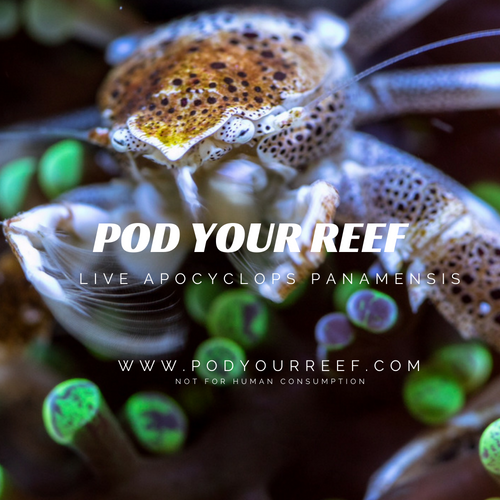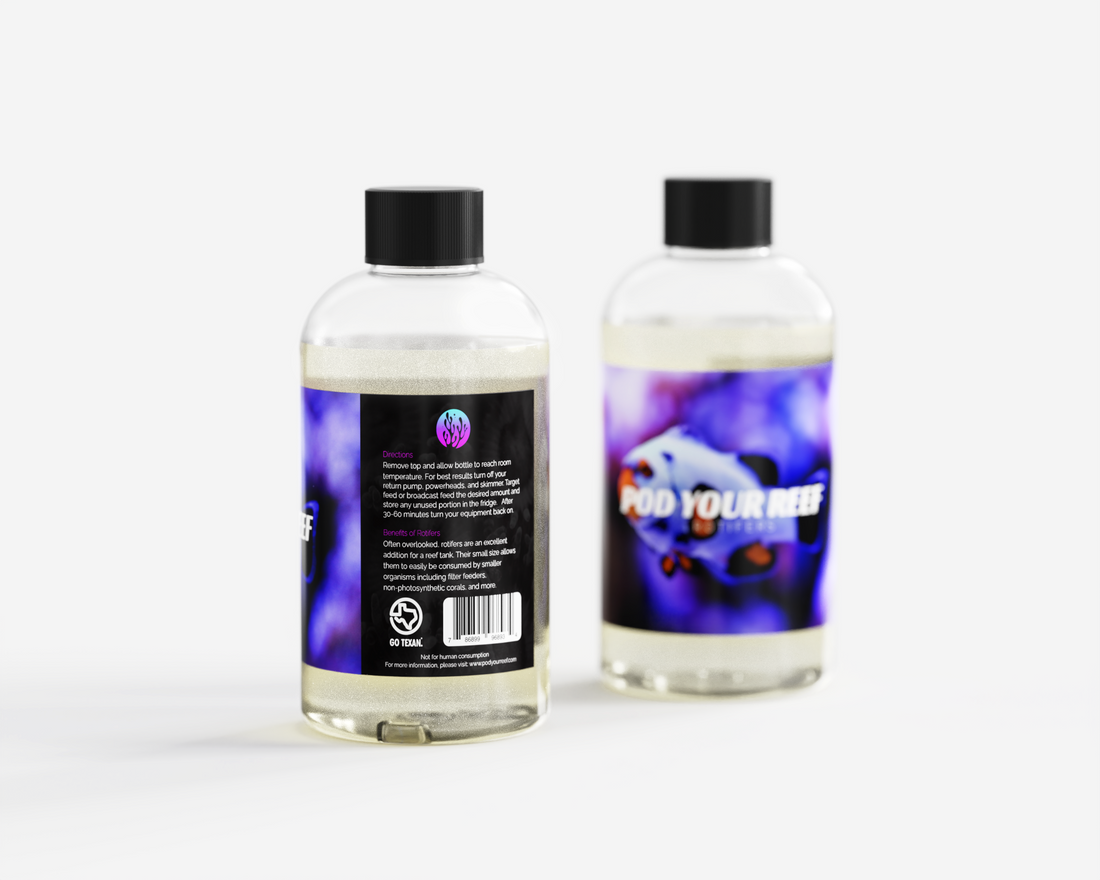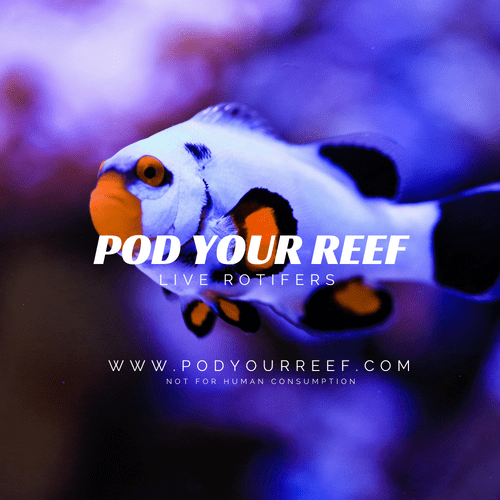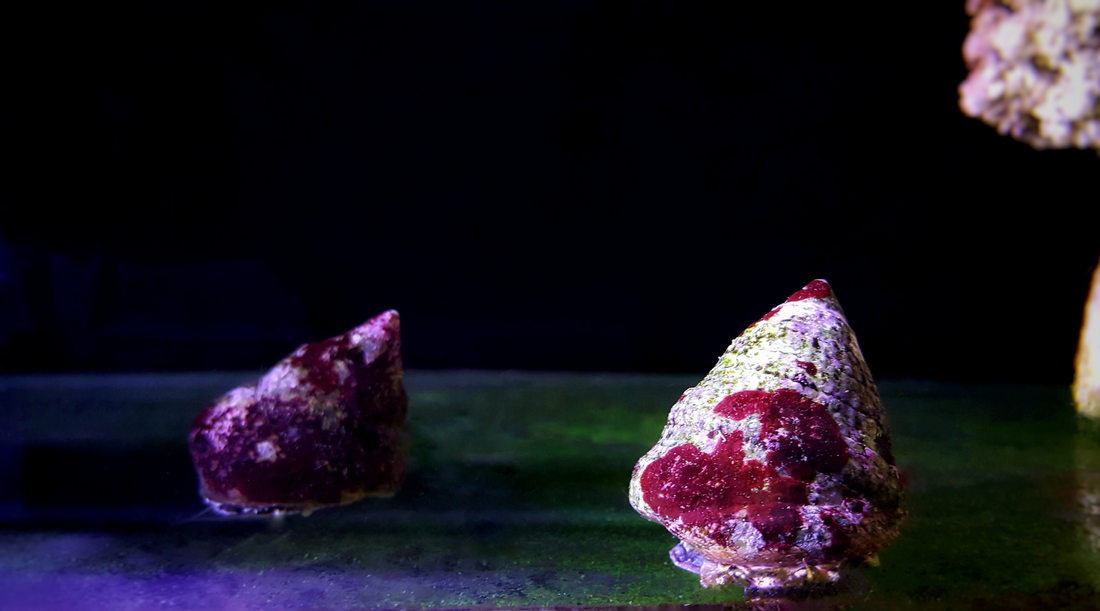
Care
The Best Snails for Eating Hair Algae in a Reef Tank
The Best Snails for Eating Hair Algae in a Reef Tank
Hair algae can be a frustrating problem in reef tanks. Not only does it look unsightly, but it can also outcompete beneficial algae and harm your tank's inhabitants. Fortunately, certain snails can help keep hair algae in check. In this blog post, we will discuss the best snails for eating hair algae in a reef tank and how to introduce them to your tank.
One of the best snails for eating hair algae is the Mexican Turbo snail (Turbo fluctuosa). These snails are voracious eaters and will happily munch on hair algae, making them a great addition to any reef tank. Other good options for hair algae-eating snails include the Bumblebee snail (Engina mendicaria), the Trochus snail (Trochus histrio), and the Astraea snail (Astraea tecta).
To introduce these snails to your reef tank, start by purchasing a few specimens from a reputable source like Pod Your Reef. Before adding them to your tank, be sure to acclimate them to your tank's water conditions by slowly mixing their water with your tank water over a period of about an hour. This will help prevent any sudden changes in water chemistry that could harm the snails.
Once the snails are acclimated, you can add them to your tank. Be sure to provide them with plenty of hiding places, such as rocks and caves, as well as a good supply of hair algae to eat. It's also a good idea to provide them with a supplemental food source, such as algae wafers, to ensure they get all the nutrients they need.
Maintaining a healthy population of hair algae-eating snails in your reef tank is important for controlling hair algae growth. Be sure to monitor the population of snails in your tank and add more as needed to keep the hair algae in check. You can also remove excess snails by manually removing them from the tank or by using a snail trap.
In conclusion, hair algae can be a nuisance in reef tanks, but using snails to eat it can help keep it under control. The Mexican Turbo snail, Bumblebee snail, Trochus snail, and Astraea snail are all great options for hair algae-eating snails. By introducing these snails to your tank and maintaining a healthy population, you can help keep your tank healthy and free of hair algae.
By Josh Avila

